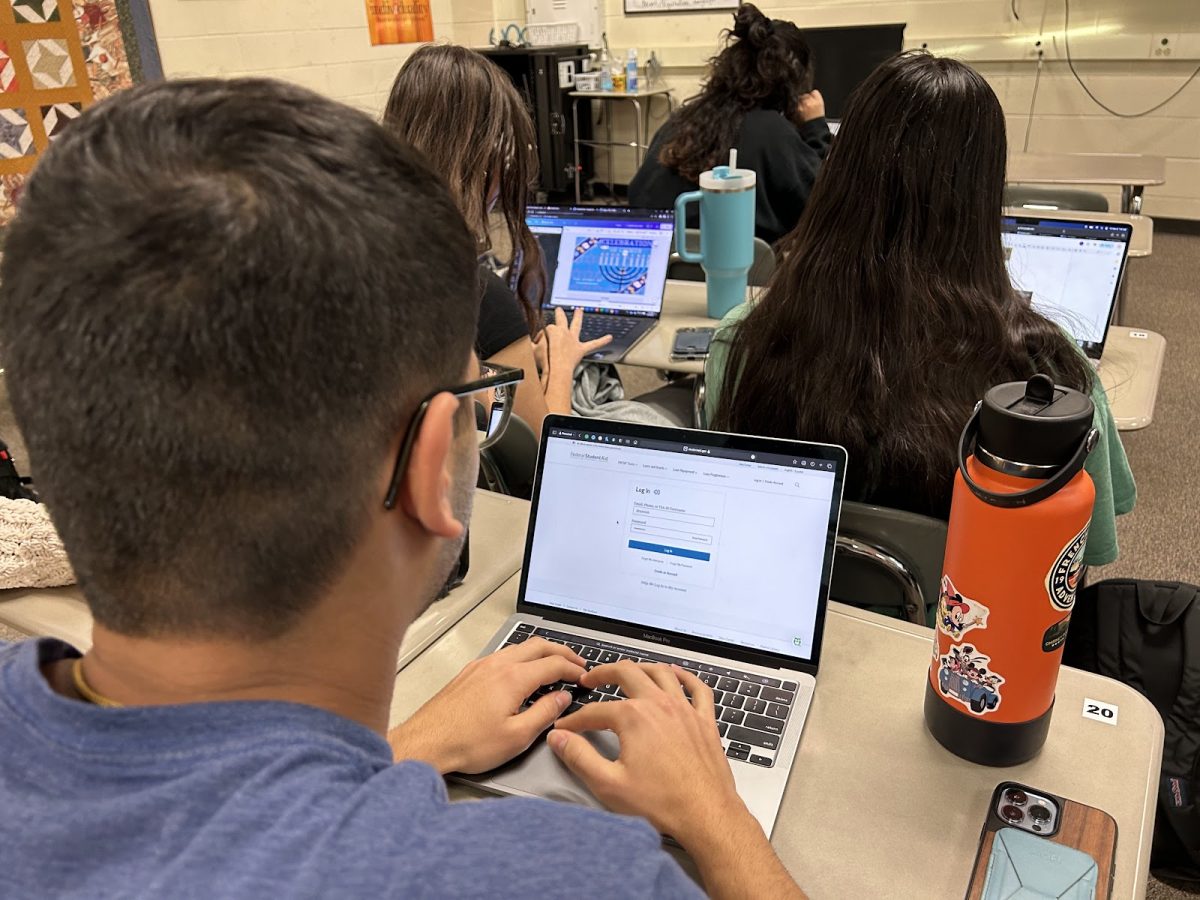On top of the tedious college application process, most seniors and their families must allocate time to fill out the FAFSA (Free Application for Federal Student Aid) form. FAFSA is the most popular and common database that rising college freshmen use to receive financial aid for their college tuition. Much to the delight of seniors applying for the 2023-2024 application cycle, FAFSA has been redesigned to make the application process more streamlined, convenient and user friendly.
The GH Falcon composed a list of the top changes in this year’s FAFSA application:
- FAFSA currently asks over 100 questions to determine financial aid eligibility, however the new FAFSA application will consist of up to 30 questions in a more condensed and comprehensible format.
- All contributors to the FAFSA must have a FAFSA ID. Previously, only the student and one of the parents needed to have a FAFSA ID while completing the form. However, both the student and any other individual that is required to submit information on the form now must have a unique FAFSA ID. This includes a biological parent, adoptive parents, student’s spouse or an adoptive or biological parent’s spouse. All contributors must consent to their federal tax information automatically being transferred into the student’s FAFSA via direct exchange with the IRS.
- The FAFSA was previously available in just Spanish and English, but the new update will offer the FAFSA in 11 of the most commonly spoken languages in the United States.
- The Pell Grant Award is a need-based scholarship that gives students free financial aid. With the new FAFSA update, 610,000 additional lower-income students will be eligible for the Pell Grants. 1.5 new students will be eligible for the maximum Pell award which is a $7,395 award per year.
- Currently, Students can only list up to 10 schools on their FAFSA application. Now, students can list up to 20 schools of their choice on the application.
- FAFSA’s new Student Aid Index (SAI) will replace the Expected Family Contribution (EFC) to calculate aid eligibility. The SAI calculates aid based on income and assets of the student and others that contribute to the household and is less complex than the EFC. The SAI asks fewer questions to determine a student’s aid and some forms of untaxed income may not have to be reported on the application. However, families that have multiple students attending college at the same time may not receive the same benefits as years prior with the new changes.
- The FAFSA for seniors will open by December 31st, 2023. For anyone unfamiliar with the FAFSA, here are some things that might be helpful to have before and while filling out the form:
-
- Social Security Card
- Driverś License Number
- A FAFSA ID
- Bank statements and records of investments
- Records of untaxed income
- Federal income tax returns and W-2s
Though the FAFSA may seem daunting, the new changes aim to simplify and shorten the process. With the new changes applicable starting in the 2023-2024 application cycle, the FAFSA is an easy check off the college application checklist!













































































